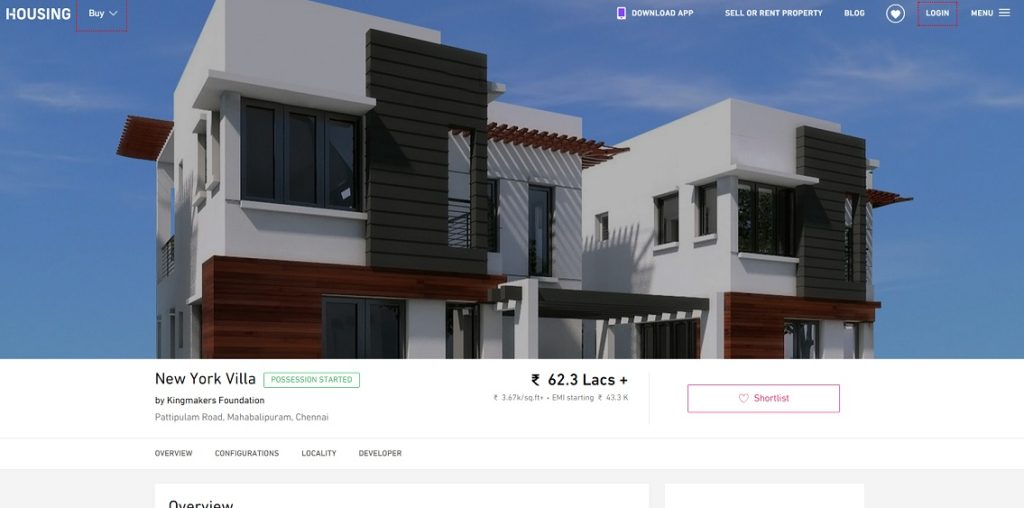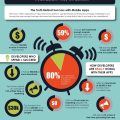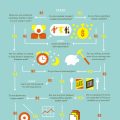Smart Cities: How Urban Living Will Change in the Future
Smart Cities: The Futuristic Face of Urban Living
In recent years, the world has witnessed an unprecedented urbanization boom. As people flock to cities in search of better job opportunities, amenities, and a more vibrant lifestyle, the challenges facing these metropolises have grown exponentially. From overcrowding and pollution to traffic congestion and strain on resources, the traditional city has become a complex entity that’s struggling to keep up with its own growth.
However, innovation has always been the antidote to adversity, and in this case, it comes in the form of Smart Cities – an urban planning concept that combines cutting-edge technology, data-driven decision-making, and forward-thinking design to create more livable, sustainable, and responsive cities. In this article, we’ll delve into the world of Smart Cities, exploring how urban living will change in the future.
What are Smart Cities?
At its core, a Smart City is an intelligent city that leverages technology and data to improve the quality of life for its residents, enhance economic growth, and foster a more sustainable environment. The key characteristic of a Smart City is its ability to collect and analyze vast amounts of data from various sources – including sensors, cameras, social media, and IoT devices – to create actionable insights that inform decision-making.
Smart Cities are not just about technology; they’re also about rethinking the way we design our cities. They prioritize green spaces, pedestrian-friendly infrastructure, and public transportation systems that minimize congestion and pollution. By doing so, Smart Cities aim to become more resilient, efficient, and connected – a true reflection of what it means to live in harmony with our environment.
The Technologies Powering Smart Cities
Several key technologies are driving the Smart City revolution:
- Internet of Things (IoT): IoT enables seamless communication between devices, allowing cities to gather data from sensors, traffic management systems, and energy grids.
- Artificial Intelligence (AI): AI is used for predictive analytics, pattern recognition, and decision support – helping cities optimize resource allocation, public services, and infrastructure maintenance.
- Data Analytics: Cities can now process and analyze vast amounts of data from various sources to identify trends, detect anomalies, and make informed decisions.
- Cloud Computing: Cloud-based platforms enable real-time data processing, collaboration, and scalability – essential for managing the complexities of urban life.
Smart Infrastructure: The Backbone of a Smart City
Smart infrastructure is the foundation upon which a Smart City is built. It includes:
- Energy-Efficient Buildings: Green buildings that optimize energy consumption through smart grids, solar panels, and advanced insulation.
- Intelligent Transportation Systems (ITS): Real-time traffic management, public transportation systems, and ride-sharing services reduce congestion and emissions.
- Smart Water Management: Sensors monitor water usage, detect leaks, and optimize supply chain logistics to prevent waste and contamination.
- Sustainable Waste Management: Automated sorting facilities, smart recycling bins, and data-driven waste reduction strategies minimize environmental impact.
Enhancing Public Services with Smart Technologies
Cities are leveraging technology to enhance public services in various ways:
- Smart Healthcare: Telemedicine platforms, AI-powered diagnosis tools, and personalized health tracking apps improve healthcare outcomes.
- Intelligent Emergency Response Systems: Real-time monitoring of emergency situations enables faster response times and more effective resource allocation.
- Citizen Engagement Platforms: Online portals and mobile apps facilitate communication between citizens and municipal authorities – enhancing transparency and community participation.
The Social Benefits of Smart Cities
Smart Cities are designed to prioritize the needs and well-being of their residents:
- Improved Quality of Life: Residents enjoy better air quality, reduced traffic congestion, and enhanced public services.
- Increased Economic Opportunities: Smart Cities foster entrepreneurship, innovation, and job creation – driving economic growth.
- Environmental Sustainability: Green infrastructure, renewable energy sources, and sustainable practices minimize the city’s ecological footprint.
The Challenges of Implementing Smart Cities
While the benefits are numerous, there are several challenges that cities must address:
- Cybersecurity Risks: The increasing reliance on technology creates new security vulnerabilities – requiring robust protection measures.
- Digital Divide: Not all citizens have access to smart technologies, creating a gap between those who can benefit and those who cannot.
- Scalability: Smart Cities must balance the need for innovation with the constraints of budget, infrastructure, and human resources.
The Future of Urban Living
As cities continue to grow, Smart City technology will play an increasingly important role in shaping urban landscapes:
- Autonomous Vehicles: Self-driving cars will transform transportation systems, making cities more efficient and sustainable.
- Extended Reality (XR): Augmented, virtual, and mixed reality technologies will revolutionize public services, education, and entertainment.
- 5G Networks: High-speed internet connectivity will enable faster data exchange between devices – enhancing real-time decision-making.
Conclusion
Smart Cities represent a futuristic vision of urban living – where technology, sustainability, and community engagement converge to create more livable, efficient, and responsive cities. As we move forward, it’s essential that cities prioritize innovation, collaboration, and social responsibility to ensure that the benefits of Smart Cities are equitably distributed among all citizens.
The future of urban living is not just about building a better city – it’s about building a better world for ourselves and generations to come. By embracing the potential of Smart City technology, we can create vibrant, sustainable communities that thrive in harmony with our environment.








